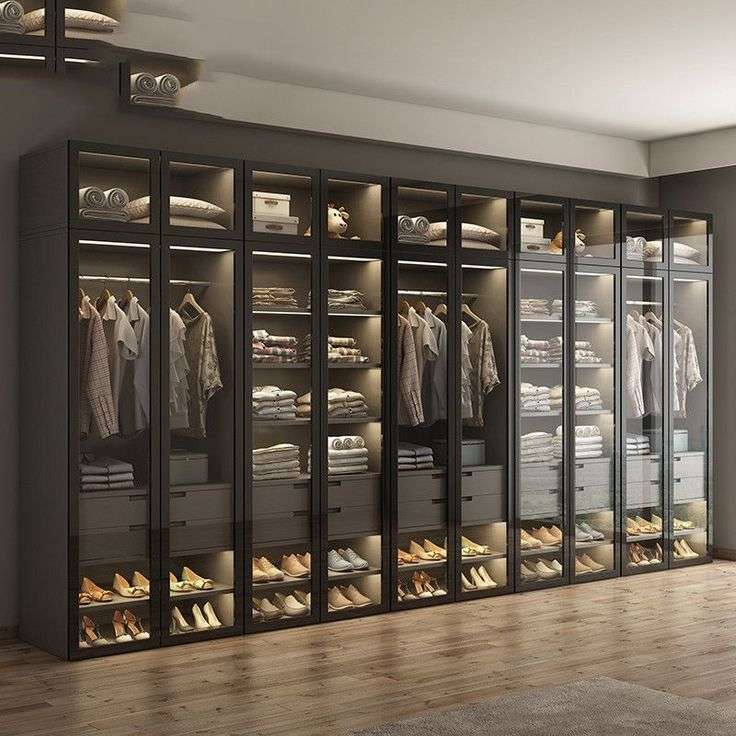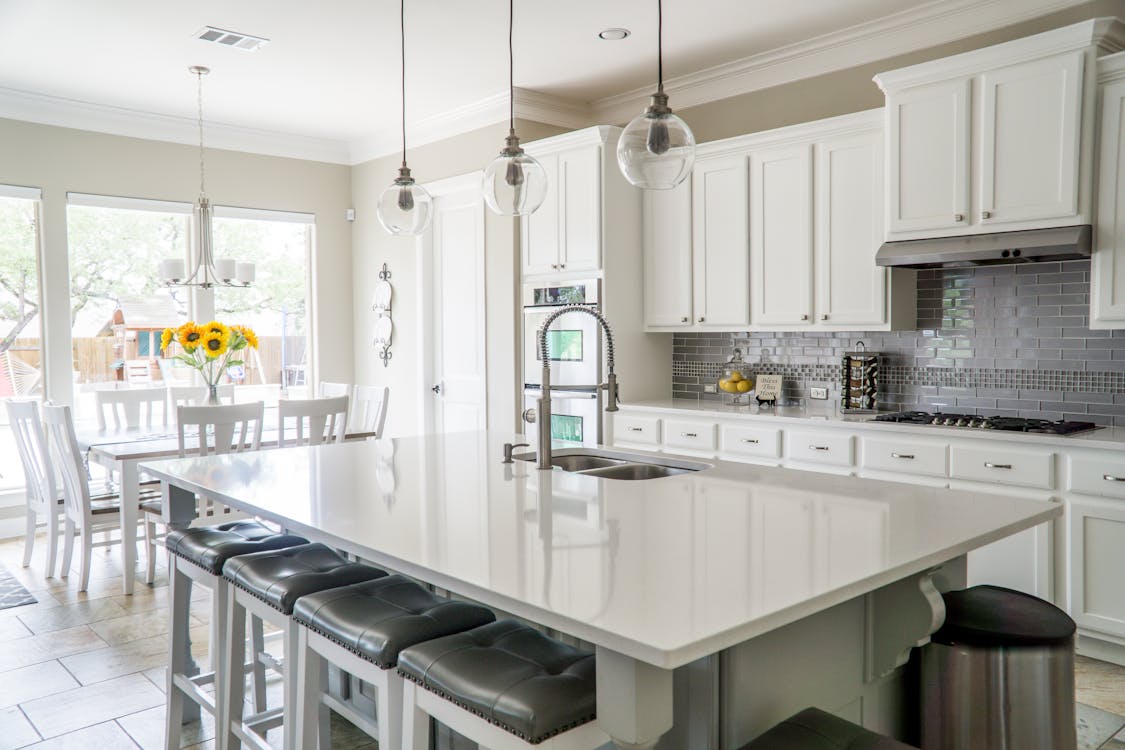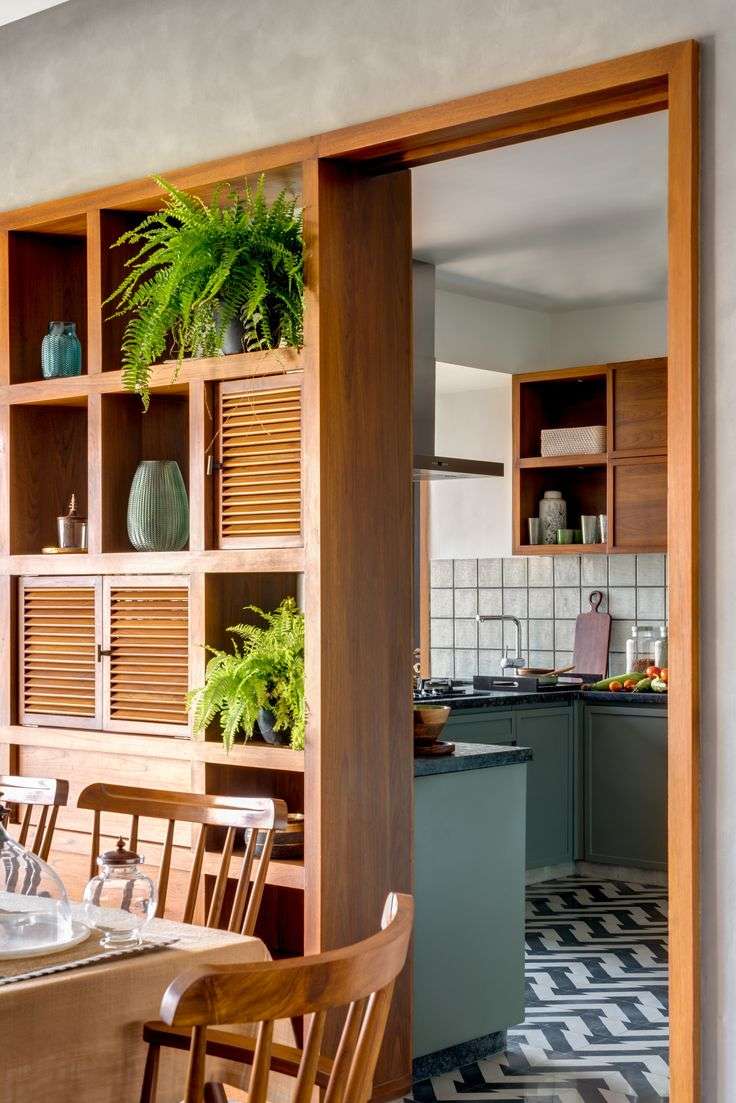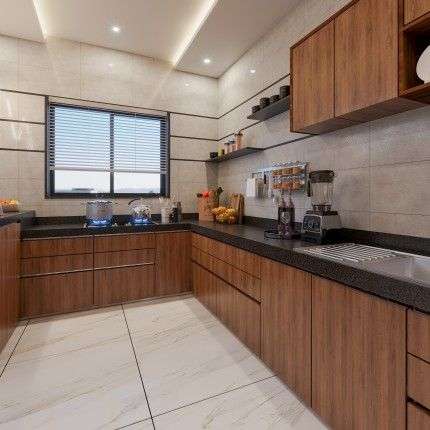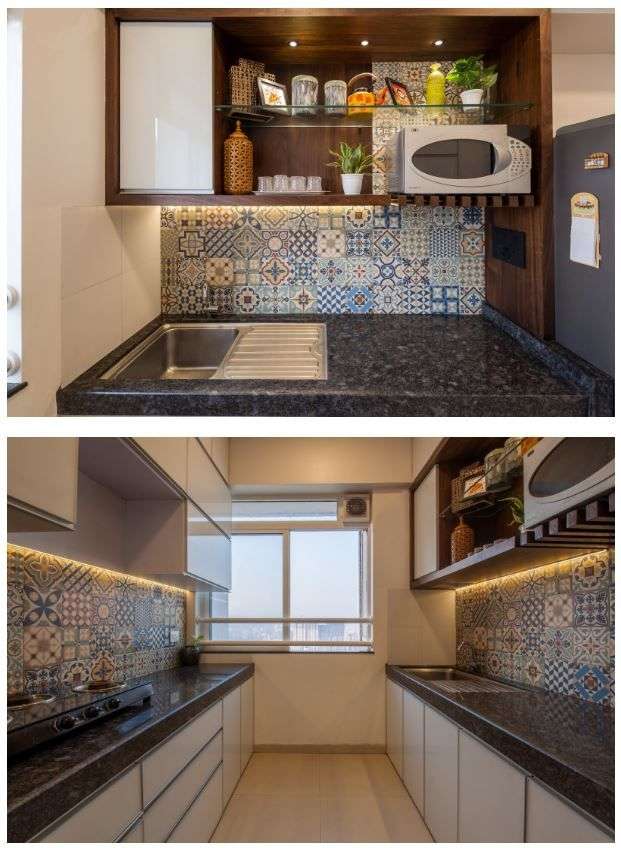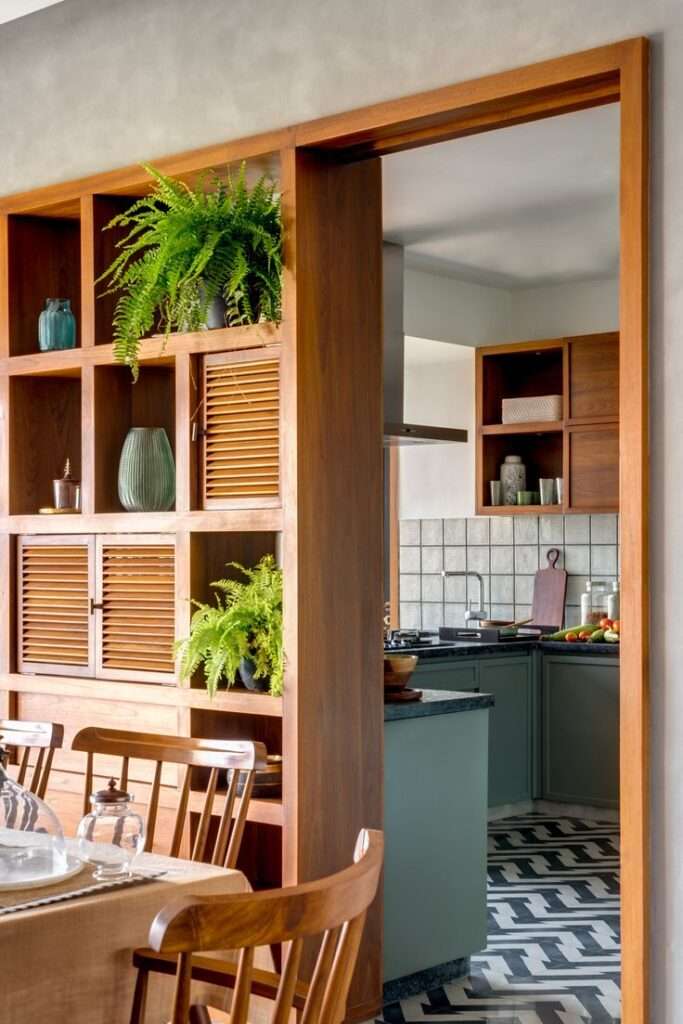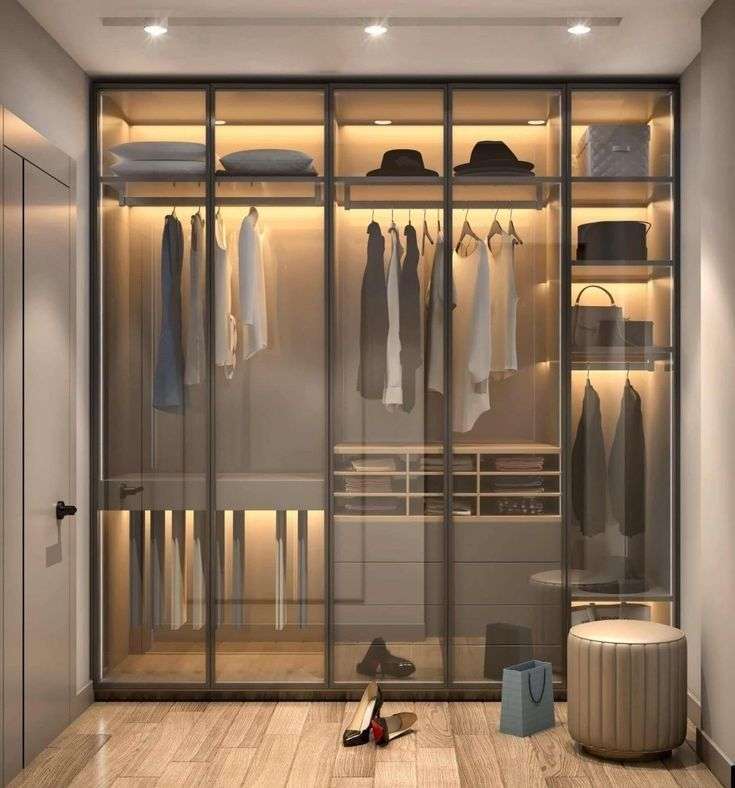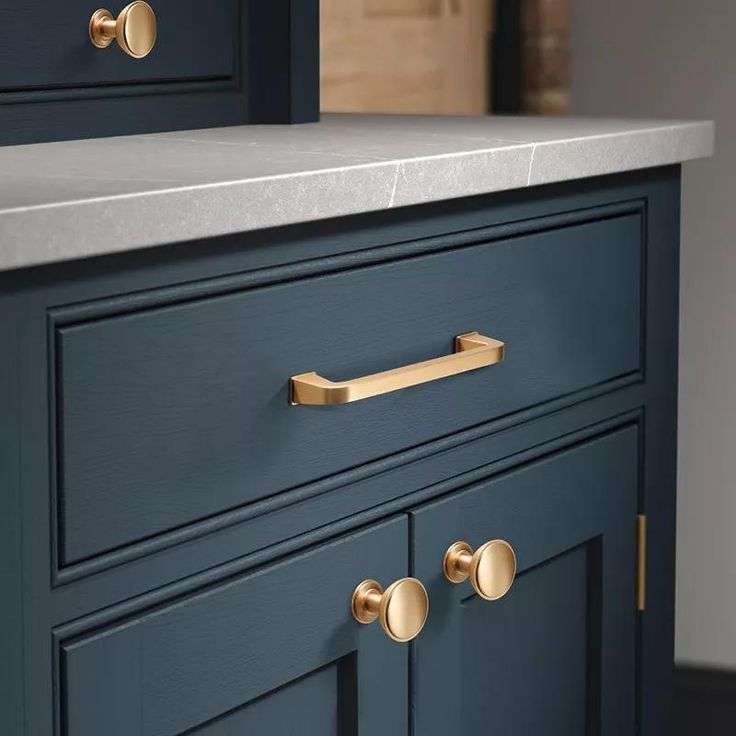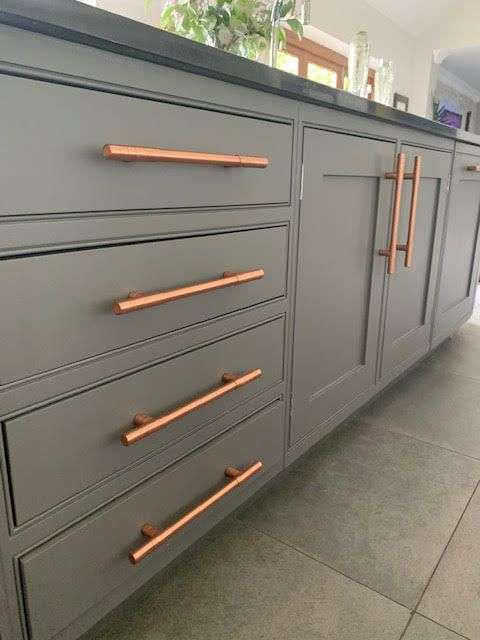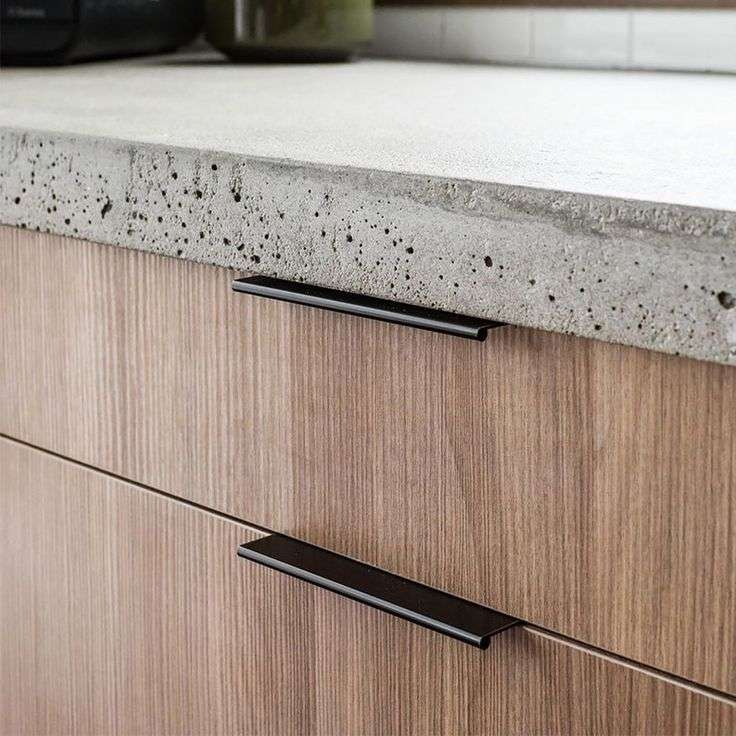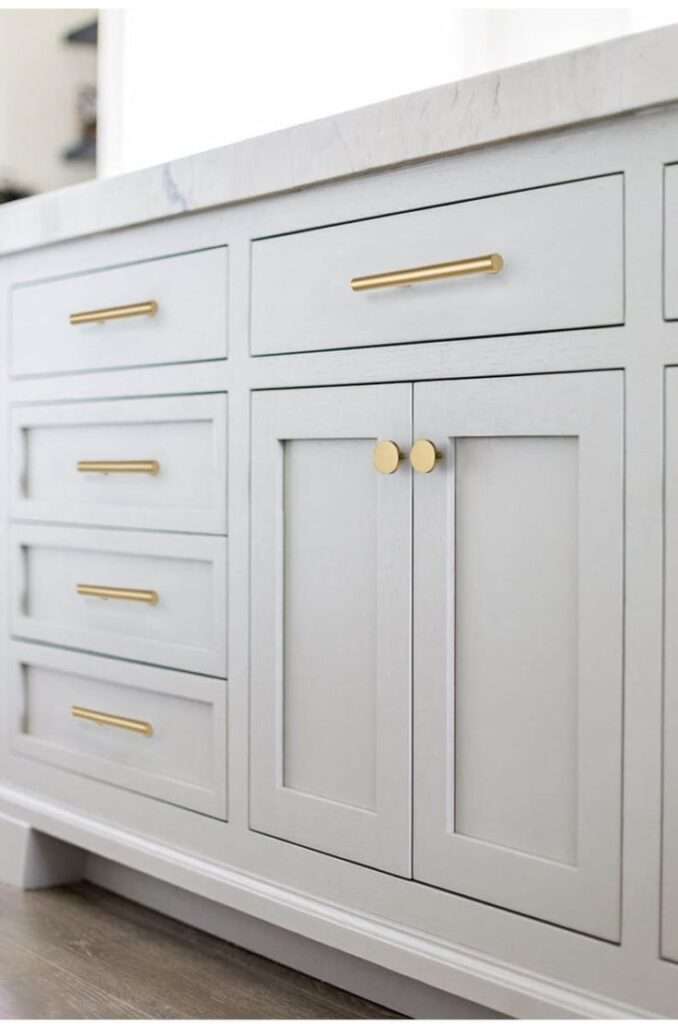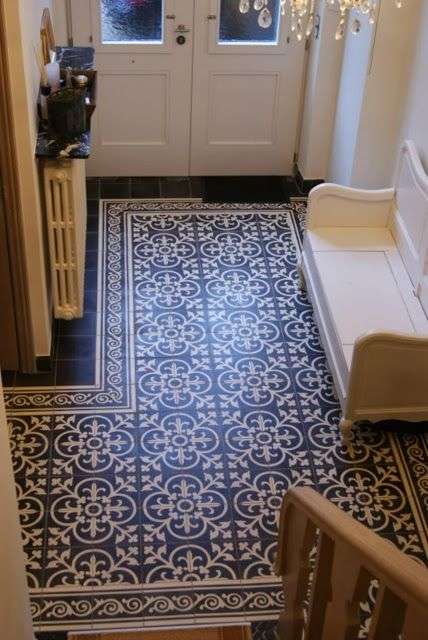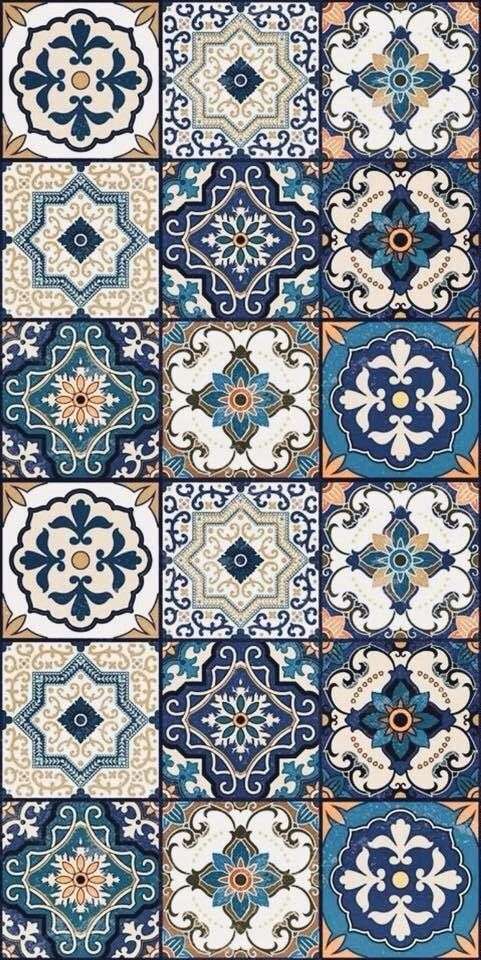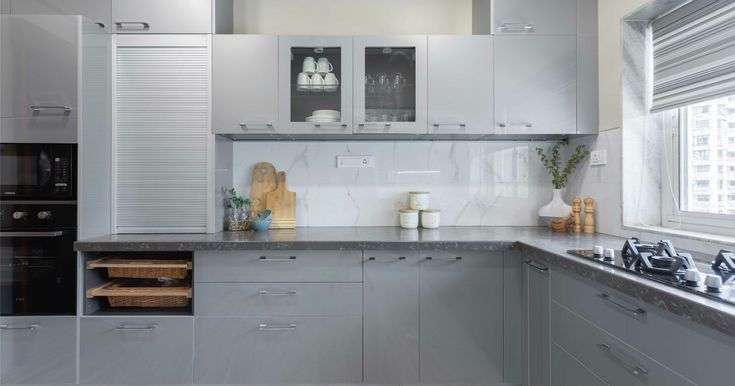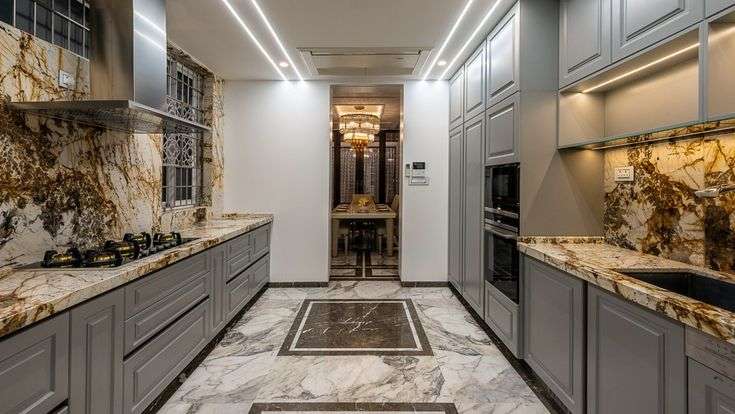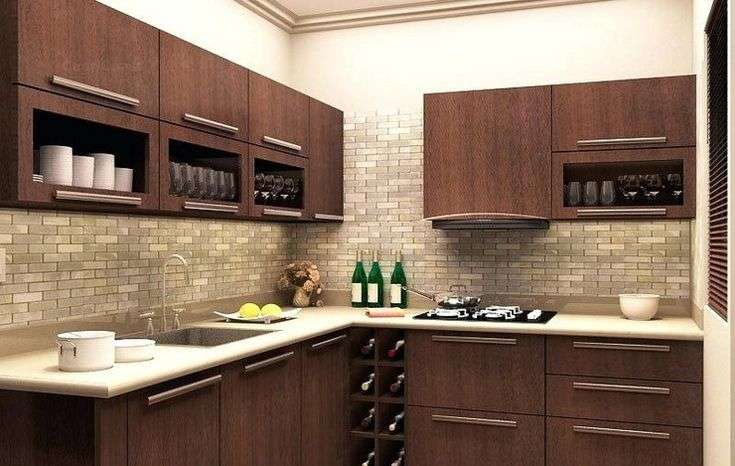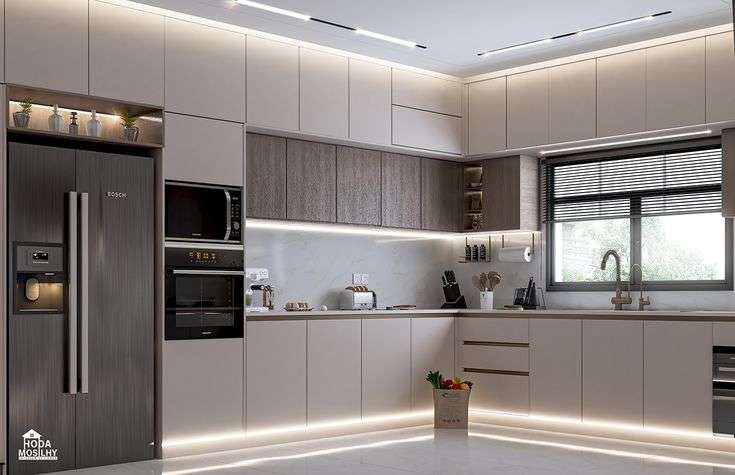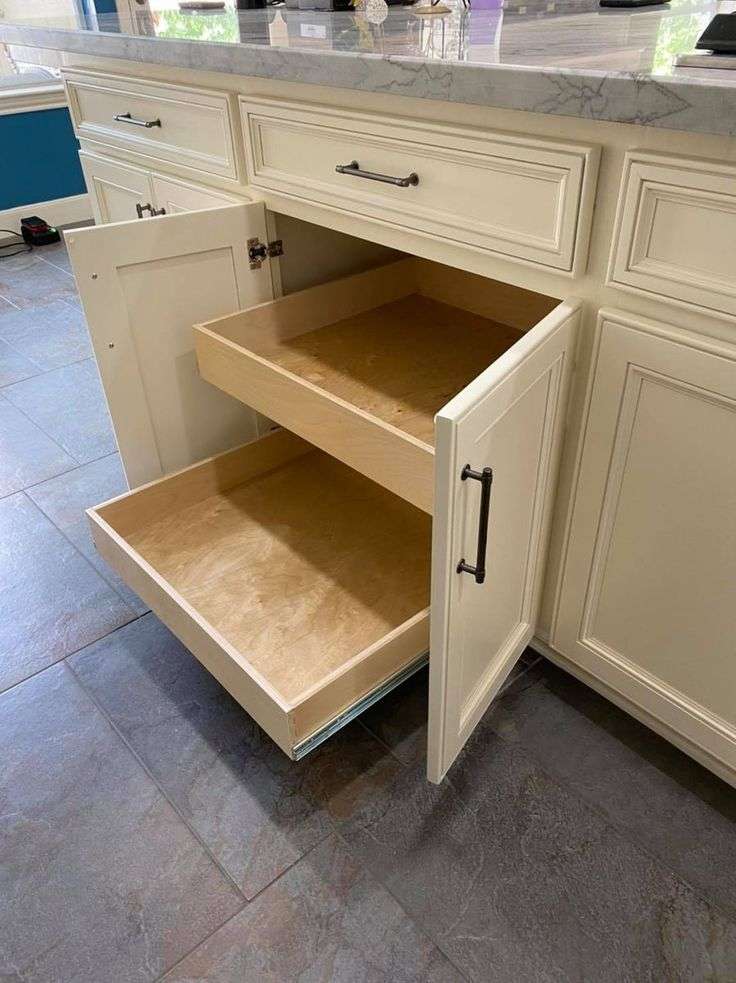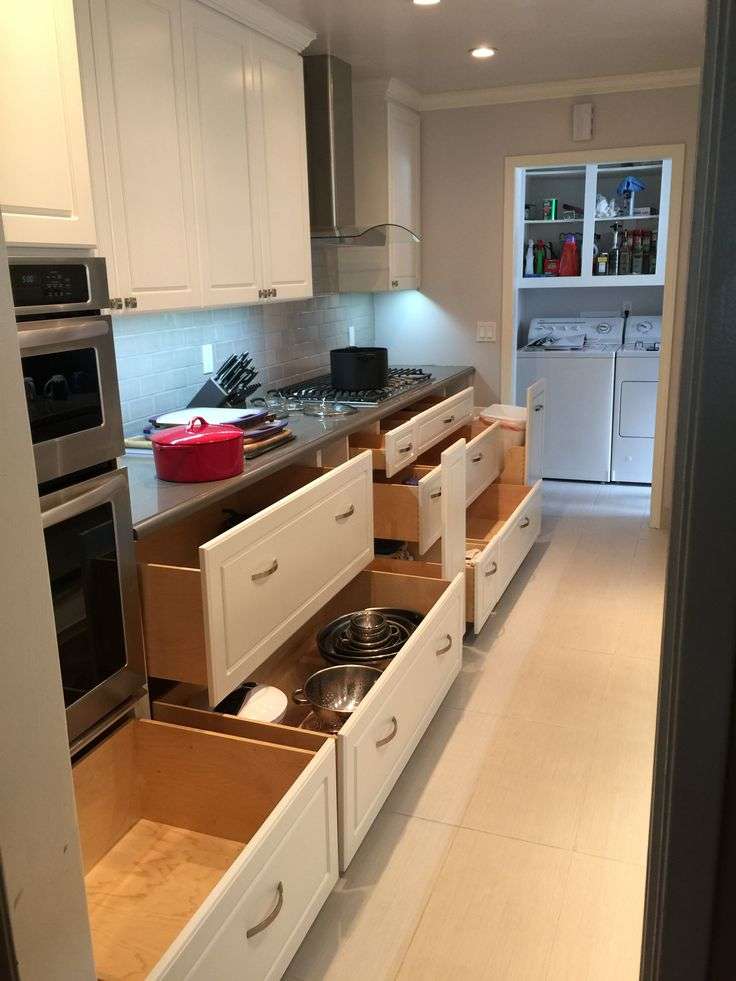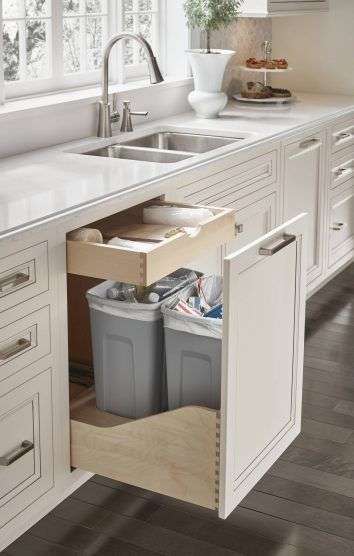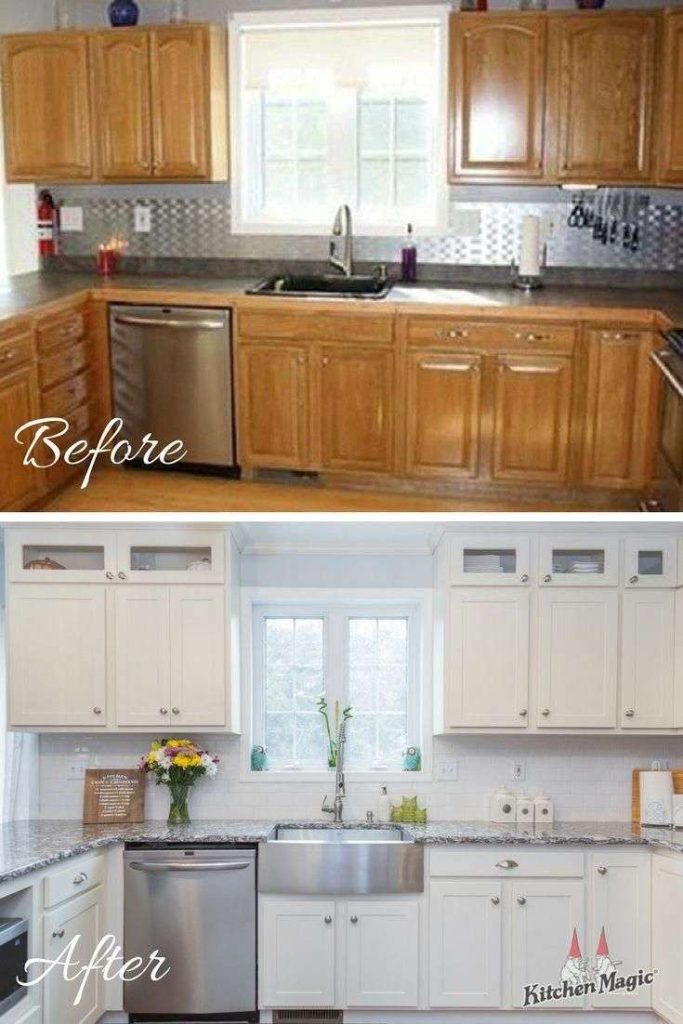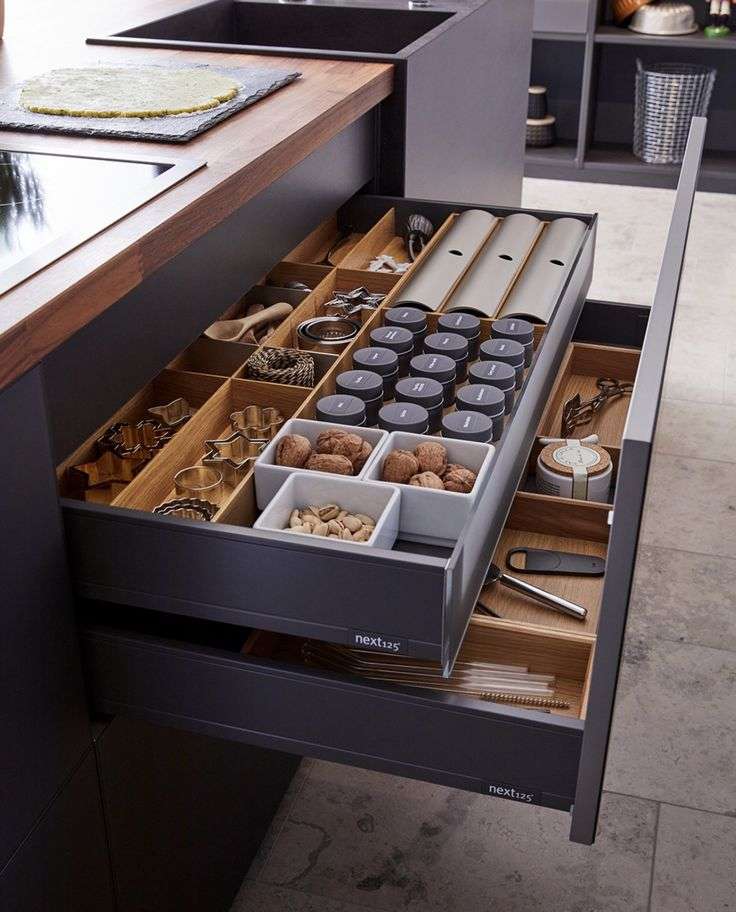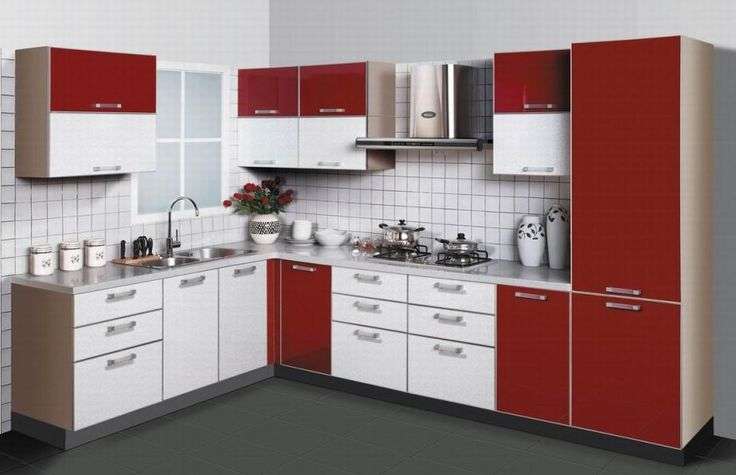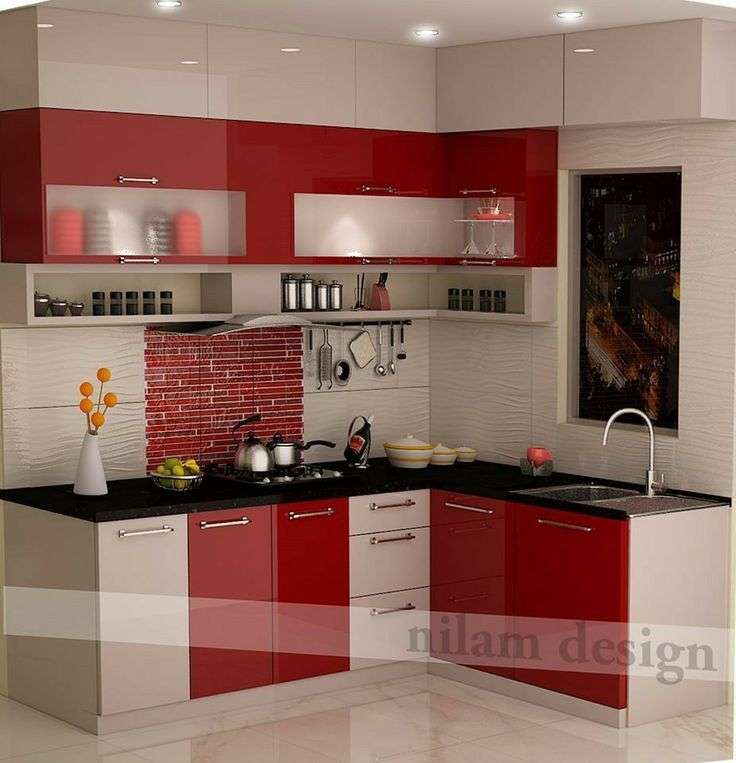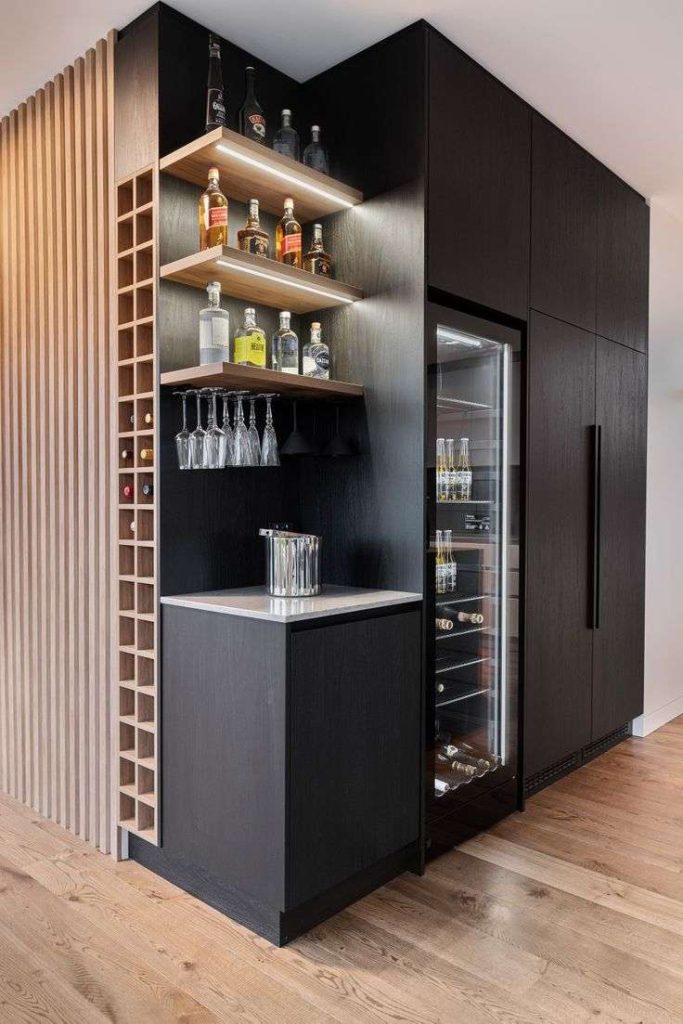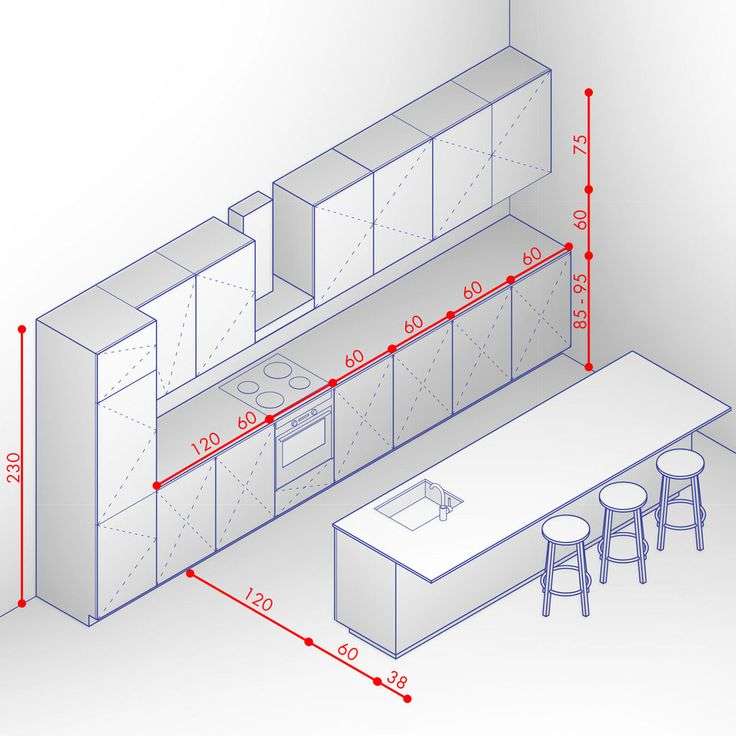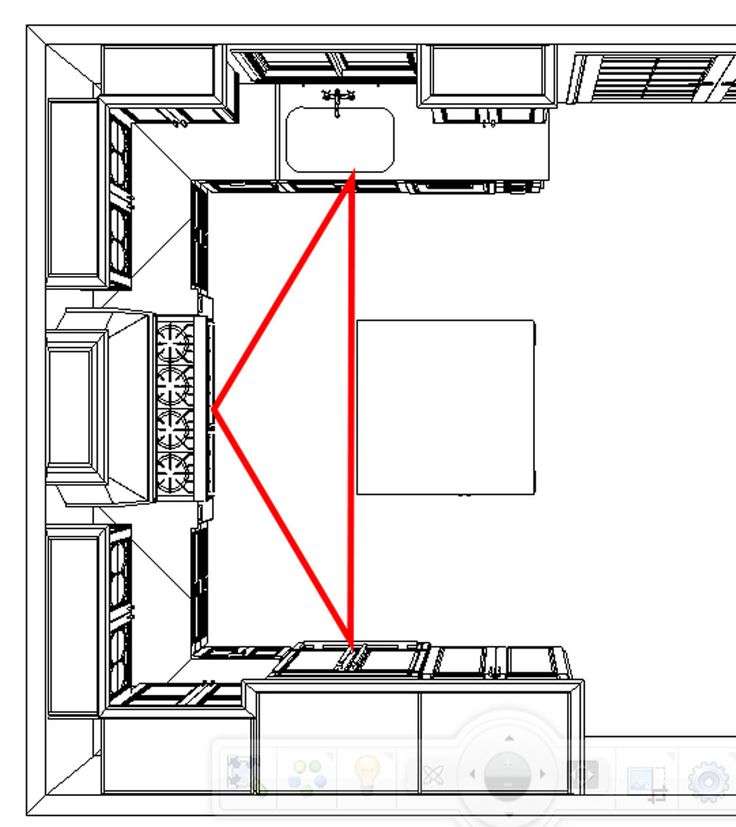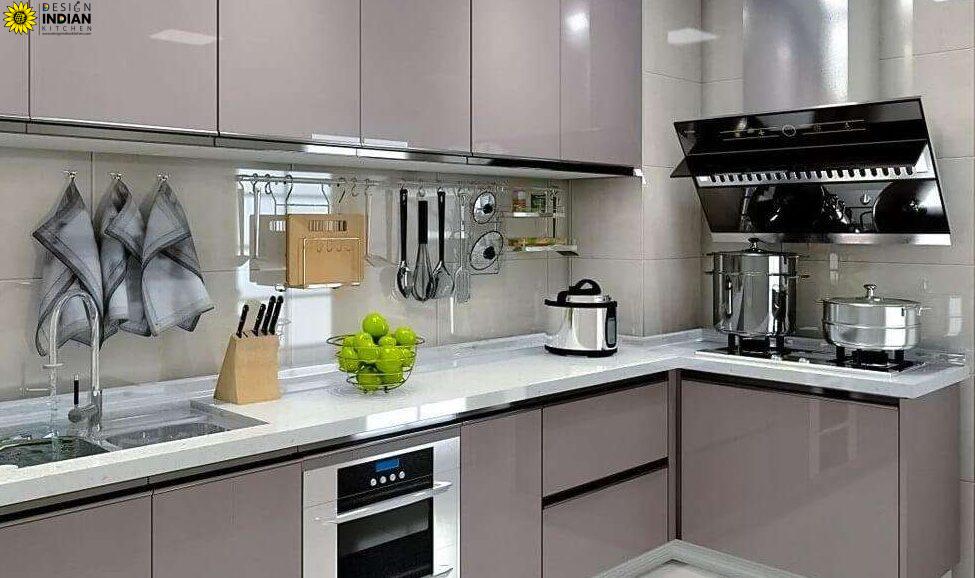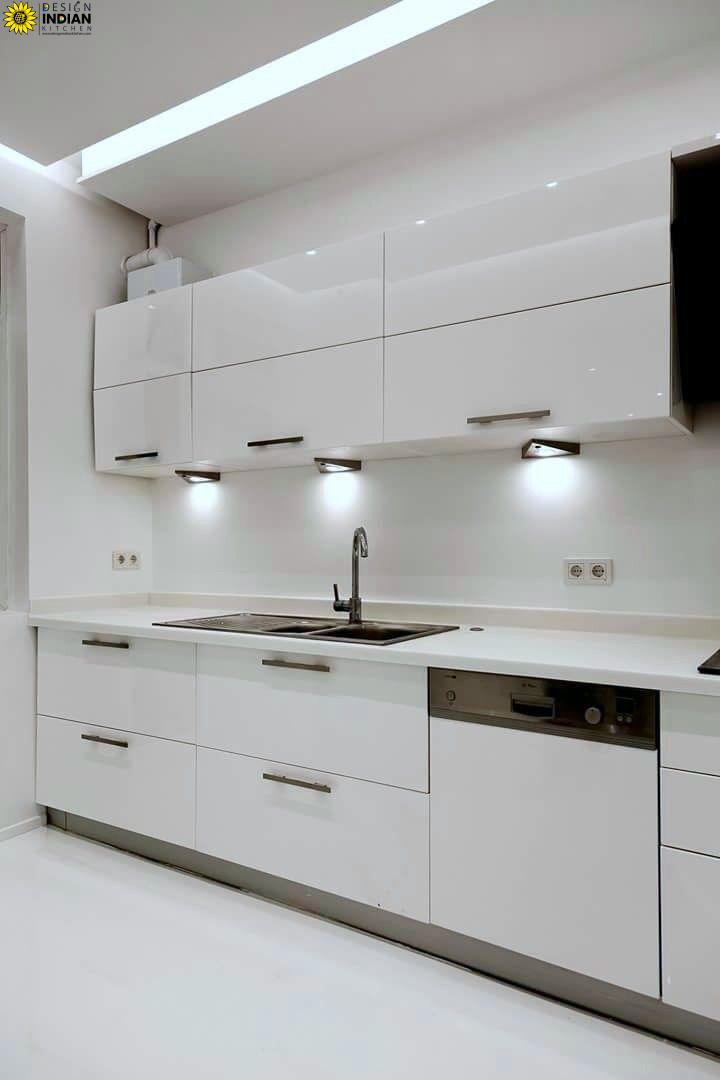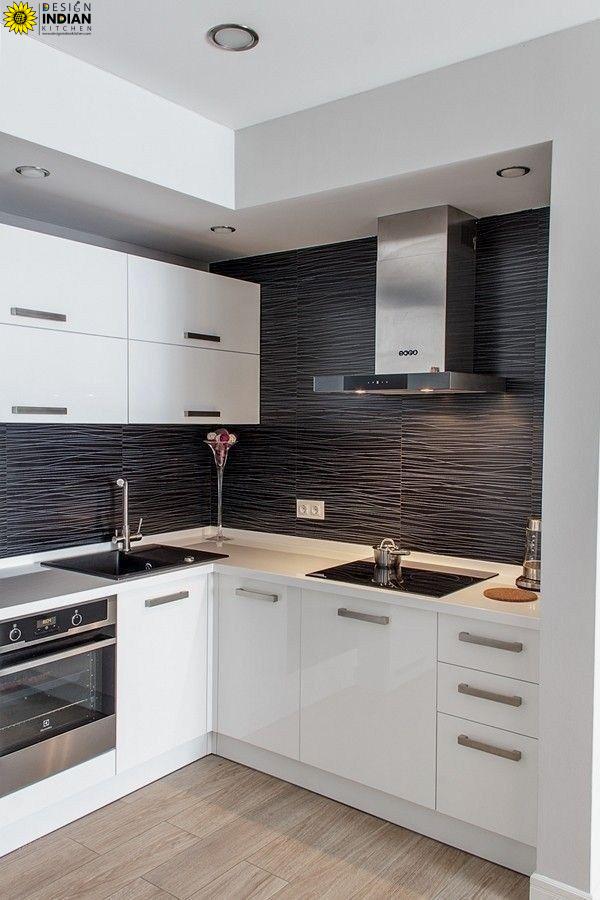In the bustling metropolis of Delhi-Noida-NCR, where innovation meets tradition, finding the perfect wardrobe for your kitchen can be a daunting task. With a myriad of options available, discerning homeowners seek excellence in craftsmanship, durability, and style. In this article, we delve into the realm of kitchen wardrobe manufacturers, uncovering the crème de la crème in the region, poised to transform your culinary space into a haven of elegance and functionality.
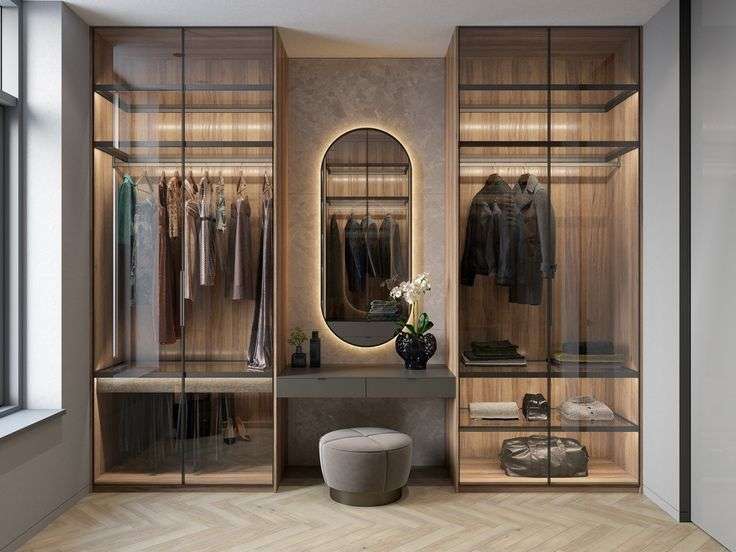
- Understanding the Importance of Quality Wardrobes:
- The kitchen is the heart of every home, and its wardrobe serves as the cornerstone of organization and efficiency.
- Quality wardrobes not only enhance the aesthetic appeal but also optimize storage, streamline workflow, and elevate user experience.
- Discerning homeowners prioritize durability, functionality, and aesthetic appeal when selecting wardrobe manufacturers for their kitchens.
- Craftsmanship Excellence in Delhi-Noida-NCR:
- Delhi-Noida-NCR boasts a vibrant ecosystem of skilled artisans and innovative designers, shaping the landscape of kitchen wardrobe manufacturing.
- The region’s manufacturers blend traditional craftsmanship with modern techniques to deliver bespoke solutions tailored to individual preferences and spatial constraints.
- Unveiling the Finest Wardrobe Manufacturers: a. Royal Kitchens:
- Renowned for their exquisite craftsmanship and attention to detail, Royal Kitchens epitomizes luxury and functionality.With a diverse range of materials, finishes, and customizable features, they cater to the most discerning clientele.From classic to contemporary designs, Royal Kitchens offers a seamless blend of aesthetics and functionality, ensuring every kitchen reflects the homeowner’s unique style.
- Combining innovation with practicality, MasterCraft Interiors specializes in crafting wardrobes that optimize space utilization without compromising on style.Their state-of-the-art manufacturing facility and skilled artisans ensure precision engineering and superior quality.With a focus on ergonomic design and sustainable materials, MasterCraft Interiors delivers environmentally friendly solutions tailored to modern living.
- Urban Cabinets is synonymous with versatility and affordability, offering a wide range of wardrobe solutions to suit diverse budgets and preferences.
- Their streamlined production process and efficient logistics ensure timely delivery without compromising on quality.
- Whether it’s a sleek modular design or a bespoke masterpiece, Urban Cabinets’ commitment to customer satisfaction shines through in every project.
- Key Considerations When Selecting Wardrobe Manufacturers:
- Material Selection: Assess the quality and durability of materials used, considering factors such as moisture resistance, ease of maintenance, and environmental impact.
- Customization Options: Look for manufacturers that offer customizable solutions to meet your specific requirements in terms of design, layout, and functionality.
- Installation and After-Sales Service: Choose manufacturers with a proven track record of prompt installation and reliable after-sales support to ensure a hassle-free experience.
- Budgetary Constraints: While quality should never be compromised, consider manufacturers that offer competitive pricing without sacrificing quality or craftsmanship.
- Conclusion:
- In the dynamic landscape of Delhi-Noida-NCR, selecting the right wardrobe manufacturer for your kitchen is paramount to creating a space that embodies your lifestyle and aspirations.
- Whether you prioritize luxury, functionality, or affordability, the region’s finest manufacturers offer a plethora of options to suit every taste and budget.
- By leveraging the expertise of skilled artisans and embracing innovative design principles, these manufacturers are poised to redefine the art of kitchen wardrobe craftsmanship, one masterpiece at a time.

